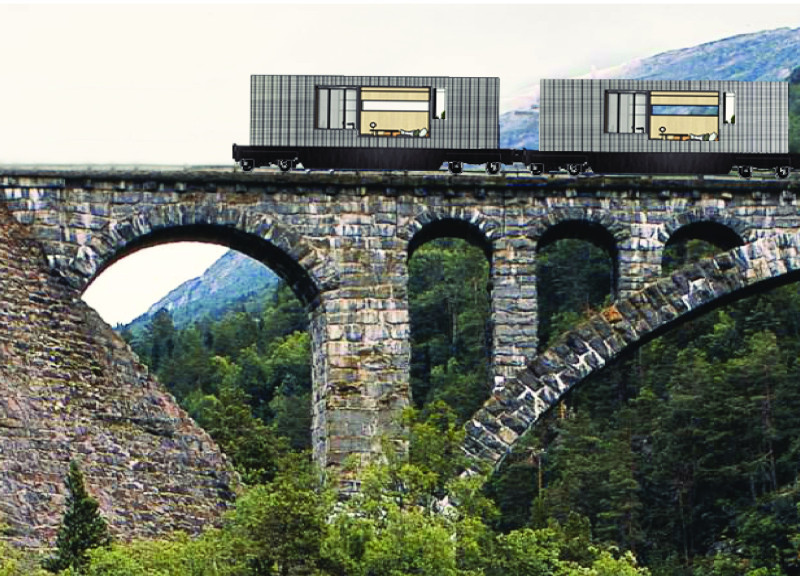5 key facts about this project
The MH21 micro-home offers a new way of thinking about living spaces, shaped by the challenges of recent times. It functions as a compact unit that aims to meet the needs of its inhabitants while respecting the environment. The design centers around the essential requirements of daily life, promoting a lifestyle that values connection and well-being.
Concept and Human-Centric Design
The focus of the micro-home revolves around key human needs outlined by modern psychology. The layout emphasizes food, water, shelter, sleep, social interaction, and opportunities for new experiences. Each area flows into the next, providing both shared spaces for gathering and private corners for retreat. This balance is crucial, especially in a world where social dynamics continue to evolve.
Material Reuse and Sustainability
Constructed from upcycled train cabins, the micro-home reflects a commitment to sustainability. This choice of materials not only reduces waste but also gives a second life to existing structures. Repurposing these train cabins aligns with a growing awareness of environmental responsibility in building practices. It is a straightforward solution that addresses both the need for housing and the desire for more sustainable options.
Flexibility and Mobility
Inside, the layout is designed to make the most of limited space. Areas for sleeping, bathing, lounging, cooking, eating, and working are multifunctional. This flexibility is particularly important in an age where living arrangements are increasingly fluid. The design encourages mobility, allowing occupants to experience new locations while still enjoying the comforts of home.
Integration of Nature
A notable feature of this micro-home is the eco-garden, which reinforces the connection to nature. This green space enhances the overall atmosphere while promoting environmental awareness. By incorporating plants, the design not only beautifies the surroundings but also supports mental health and well-being.
Natural light fills the interior through carefully placed windows, creating a warm and inviting space that encourages interaction with the outdoor environment. Each design choice contributes to a living experience that prioritizes comfort, sustainability, and community.




















































